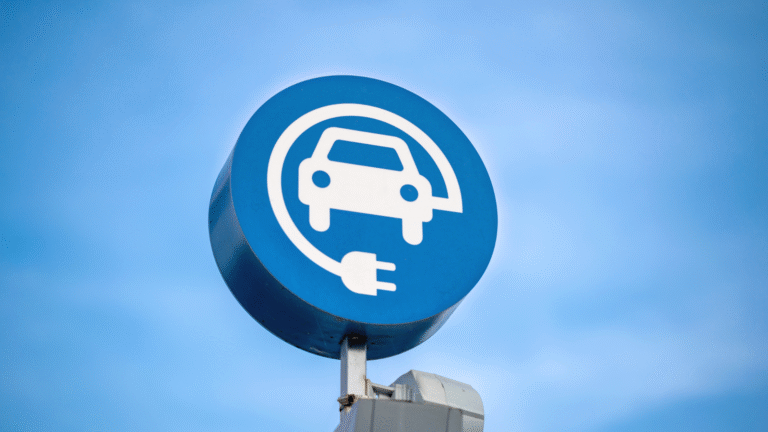Australia is accelerating its shift toward electric vehicles (EVs), but navigating the country’s patchwork of EV policies can be confusing for everyday drivers. With various federal, state, and territory-level incentives and regulations, it’s essential to understand how these policies impact ownership, purchase decisions, and long-term savings. Whether you’re considering buying your first EV or are already a proud owner, this guide will break down what you need to know about Australia’s evolving EV policies.
Table of Contents
- Understanding Federal EV Incentives in Australia
- State and Territory-Specific EV Policies
- Taxation, Road Usage Charges, and Regulatory Considerations
- Future Outlook: Australia’s National EV Strategy
- FAQs
- Conclusion
- Meta Description
Understanding Federal EV Incentives in Australia
EV Strategy at the National Level
Australia’s national EV policy is spearheaded by the National Electric Vehicle Strategy, introduced in 2023. It aims to make EVs more affordable, expand charging infrastructure, and reduce transport emissions. Key components include:
- Fuel Efficiency Standards: Australia is implementing CO₂ emission standards to align with global markets, incentivising automakers to supply more EVs.
- Investment in Charging Networks: The federal government has committed over $500 million toward expanding public charging stations nationwide.
- Fleet Transition Goals: A federal target aims for 75% of new government fleet purchases to be electric by 2025.
Fringe Benefits Tax (FBT) Exemptions
The Electric Car Discount Bill (2022) introduced FBT exemptions for certain zero-emission vehicles:
- Applies to EVs priced below the luxury car tax threshold for fuel-efficient vehicles ($89,332 in FY 2024–25).
- Can save eligible businesses thousands per year on employee salary packaging for EVs.
State and Territory-Specific EV Policies
Each Australian state and territory offers different incentives and rebates, making location a major factor in EV affordability.
New South Wales (NSW)
- Rebate: Up to $3,000 rebate for EVs under $68,750 (closing once 25,000 vehicles are claimed).
- Stamp Duty Exemption: EVs under $78,000 are exempt from stamp duty.
Victoria
- Rebate: $3,000 rebate available for EVs under $68,740.
- Road User Charge: 2.8 cents/km distance-based charge for EVs.
Queensland
- Rebate: Up to $6,000 rebate for EVs under $68,000.
- Stamp Duty Discount: Reduced vehicle registration costs and lower stamp duty rates.
South Australia
- Rebate: $3,000 rebate and three years of free registration.
- Road User Charge: Deferred until 2027 after pushback from EV advocates.
| State/Territory | Rebate Amount | Stamp Duty/Registration | Road User Charge |
|---|---|---|---|
| NSW | $3,000 | Exempt under $78k | Coming soon |
| VIC | $3,000 | Full stamp duty applies | 2.8 cents/km |
| QLD | $6,000 | Stamp duty discount | No charge yet |
| SA | $3,000 | Free rego 3 years | Starts 2027 |
Taxation, Road Usage Charges, and Regulatory Considerations
EV Taxation Changes and Considerations
While EV buyers benefit from incentives, some jurisdictions are introducing road usage charges to offset declining fuel excise revenue:
- Victoria leads the charge with a per-kilometre tax on EVs.
- Other states are watching closely, and similar schemes could roll out nationally.
Registration and Licensing
EVs generally qualify for reduced registration fees in most states. Additionally, licensing requirements remain the same, but owners must report odometer readings annually in states with road use taxes.
Future Outlook: Australia’s National EV Strategy
Australia’s EV future is driven by a blend of climate action goals and market trends. Key developments to watch include:
- More Affordable EVs: With emission standards in place, automakers are expected to bring cheaper models to Australia.
- Expansion of Charging Infrastructure: Regional and urban areas alike are seeing fast-charger installations grow rapidly.
- Integration with Renewable Energy: Policies are aligning EV adoption with broader renewable goals, including solar-powered home charging.
- Used EV Market Growth: As more new EVs hit the road, a second-hand market is forming—great news for budget-conscious buyers.
FAQs
What is the EV rebate amount in Australia?
It varies by state—ranging from $3,000 in Victoria and NSW to $6,000 in Queensland for eligible vehicles.
Are electric cars tax-free in Australia?
They may qualify for Fringe Benefits Tax exemptions and reduced registration or stamp duty depending on your state.
Do I have to pay road user charges for an EV?
Yes, in Victoria. Other states like South Australia plan to introduce it, while NSW and QLD currently do not have such charges.
Is charging infrastructure available across Australia?
Yes, the federal government is heavily investing in public EV charging stations, with priority on major highways and regional areas.
Will EVs get cheaper in Australia?
Yes, as fuel efficiency standards take effect, more affordable EVs are expected to enter the market.
Conclusion
Australia’s EV policies are rapidly evolving, combining national initiatives with unique state-level benefits and roadblocks. Understanding these policies helps you make smarter, more sustainable driving choices. Whether you’re weighing up a rebate, exploring charging networks, or planning future savings, staying informed is key.
Thinking of making the switch to electric? Keep up with Australia’s EV trends and government policies to ensure you’re making the most of your investment.
Meta Description
Explore Australia’s EV policies, incentives, and taxes. Learn how federal and state EV strategies affect drivers and what to expect in the electric future.
